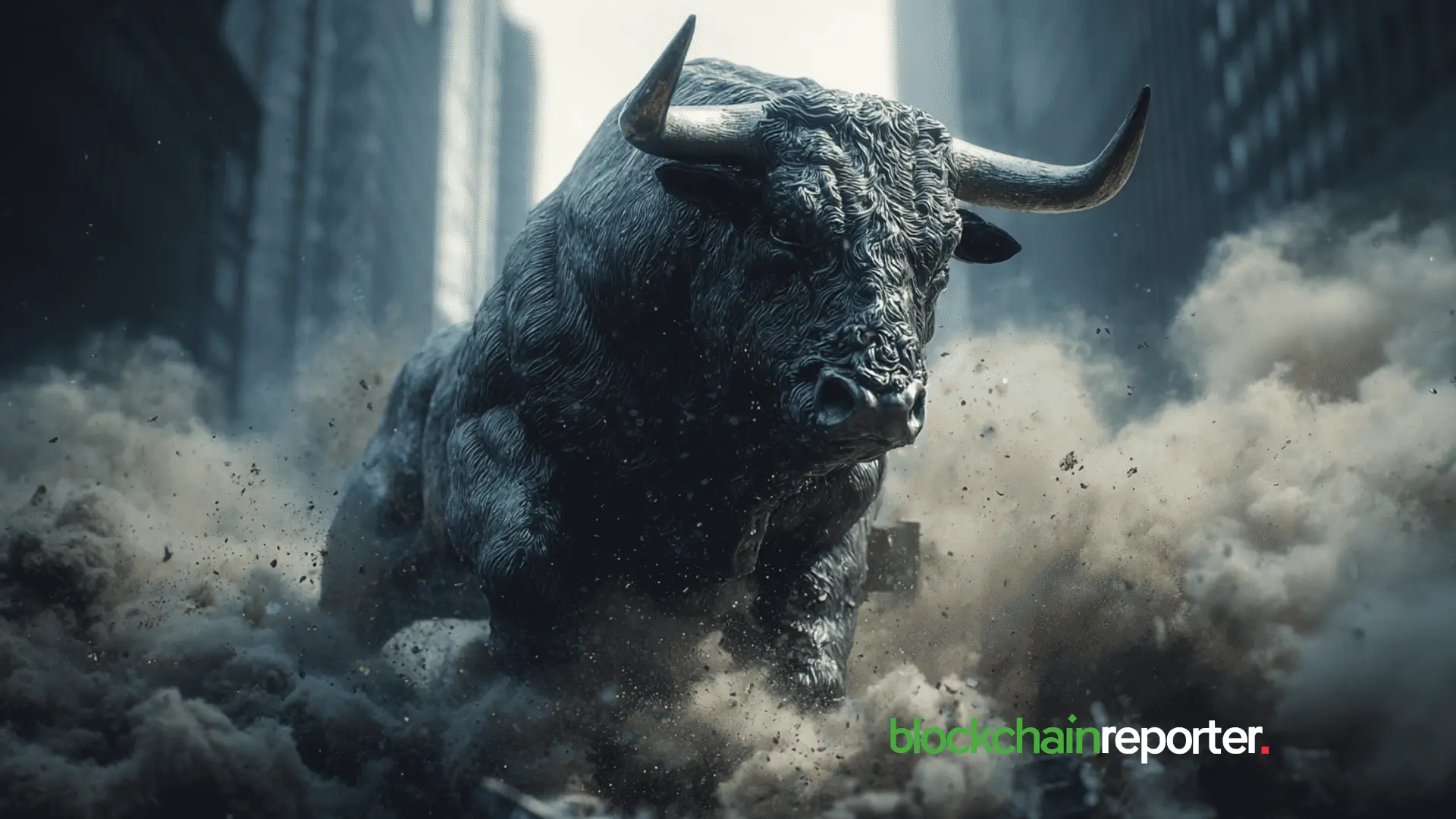BlockDAG Builds Toward $600M Presale Target With Expanding Ecosystem, & Global Partnerships Driving Growth
BlockDAG has grown into one of the biggest crypto presales in recent years by delivering working products before large-scale promotion. In just a year, it moved from concept to a live testnet, earned two independent audits, and announced a long-term deal with the BWT Alpine Formula 1® Team. Now in Batch 31, it has raised more than $425 million, sold over 27 billion coins, and priced its current batch at $0.0015.
The roadmap targets $600 million across 45 batches with a confirmed listing price of $0.05. With adoption signals already strong, including millions using its mobile miner, BlockDAG (BDAG) is preparing for a launch backed by actual usage rather than speculation.
Parallel Block Structure for Speed & Security
BlockDAG’s design is different from traditional chains. It uses a Directed Acyclic Graph inside a Proof of Work model. Instead of waiting on one chain, blocks can finalize simultaneously.
This lowers congestion, speeds up confirmation, and keeps the security strength that made Bitcoin reliable. The network focuses on high throughput with low fees, making it suitable for microtransactions, app-based payments, and machine-to-machine use.
The testnet is live and continues to improve. Updates focus on better performance and more tools for developers. Compatibility with the Ethereum Virtual Machine (EVM) makes it easier for teams to bring over Ethereum smart contracts.
Upcoming WebAssembly (WASM) support will allow development in languages like Rust, C, and C++. With a built-in IDE, explorer, and low-code tools for NFTs and coins, BlockDAG is reducing the time it takes to bring new projects into production. Early applications, including lottery features and reflections, already show how the system works end-to-end.
Security, Adoption, & TGE Code Benefits
Security has been addressed directly, not assumed. CertiK reviewed vesting and distribution rules, while Halborn audited key contract features like treasury logic.
Both reports included fixes and led to new safeguards such as delayed execution and multi-signature approval. These results are public, giving BlockDAG transparency that is rare in presales.
Adoption signs are already visible. The X1 mobile miner has attracted millions of users on iOS and Android. Hardware miners are shipping, and holder numbers are climbing as the presale continues through 45 batches. This means the network will not launch without participants. It will launch with a ready community.
In addition, BlockDAG has released a new limited-time TGE code for early launch access. Rewards depend on rank: top 300 ranks get an instant airdrop, 301–600 wait 30 minutes, 601–1000 wait an hour, 1001–1500 wait two hours, 1501–2000 wait four hours, 2001–5000 wait six hours, and rank 5001 waits 24 hours. This schedule encourages more presale engagement.
Team, Partnerships, & Roadmap Toward $600M
The BlockDAG leadership has deep operational and security experience. CEO Antony Turner, formerly with SPIRIT Blockchain Capital, focuses on shipping real products and securing trustworthy partnerships. CTO Jeremy Harkness works on scalability and stability across the network.
CSO Youssef Khaoulaj, a skilled red team operator and smart contract auditor, runs the security program as a constant process. The team also includes project managers who have deployed payment systems across several regions, making the group capable of real delivery.
The roadmap includes DeFi features such as a decentralized exchange, lending, cross-chain bridge, oracles, and an indexer layer. A launchpad supports new teams, while low-code tools make creating NFTs and coins simple. A crypto payment card will bring digital use into everyday spending.
BlockDAG has also expanded its reach through hackathon partnerships with HackerEarth and SpaceDev. Sports collaborations in rugby and cricket aim to grow fan engagement through digital collectibles.
The ongoing partnership with the BWT Alpine Formula 1® team has added global visibility through events, simulators, and developer showcases. Together, these steps show how the project is building an ecosystem where more tools attract developers, more developers bring users, and more users raise demand for blockspace and BDAG coins.
Final Look
BlockDAG’s presale progress shows strong momentum with more than $425 million raised, over 27 billion coins sold, and a $0.0015 price in Batch 31. Its roadmap is clear, aiming for a $600 million close with a confirmed $0.05 listing.
Analysts see potential for BDAG to reach $1 by 2026, backed not just by hype but by solid factors: live testnet, audits, user traction, and worldwide exposure through BWT Alpine F1® and other partnerships.
The structured six-week launch plan reduces risk by rolling out step by step. With developer support, growing adoption, and security measures in place, BlockDAG is moving toward one of the largest Layer 1 launches in years.
Presale: https://purchase.blockdag.network
Website: https://blockdag.network
Telegram: https://t.me/blockDAGnetworkOfficial
Discord: https://discord.gg/Q7BxghMVyu
Disclaimer: This content is a sponsored post and is intended for informational purposes only. It was not written by 36crypto, does not reflect the views of 36crypto and is not a financial advice. Please do your research before engaging with the products.
The post BlockDAG Builds Toward $600M Presale Target With Expanding Ecosystem, & Global Partnerships Driving Growth appeared first on 36Crypto.
You May Also Like

Water150 Unveils Historical Satra Brunn Well: The Original Source of 150 Years of Premium Quality Spring Water Hydration

Top Altcoins To Hold Before 2026 For Maximum ROI – One Is Under $1!
